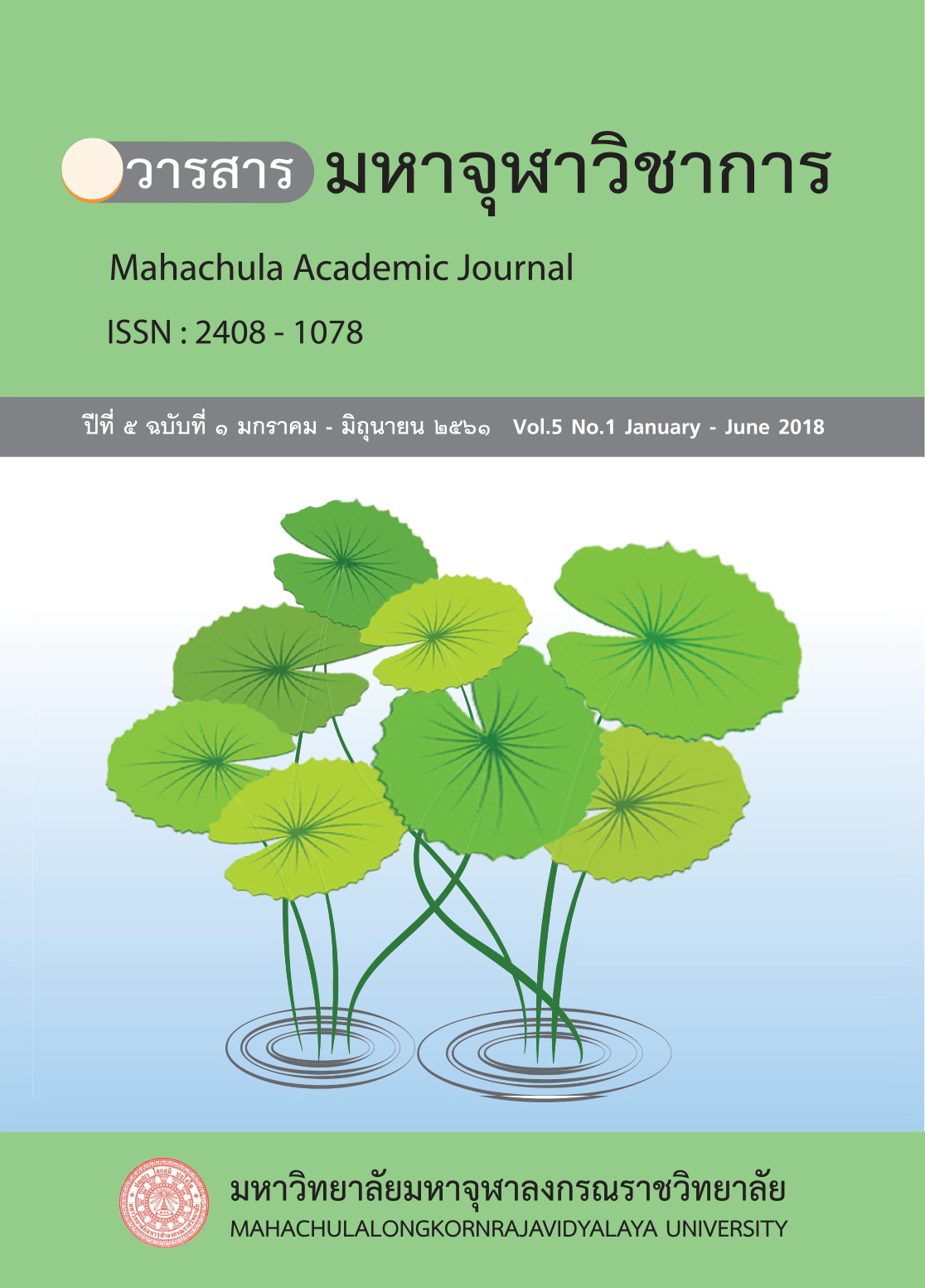InIndra in Theravada Buddhist Textsdra in Theravada Buddhist Texts
Main Article Content
Abstract
The purpose of this research paper is to study the appearance and roles of Indra in Buddhist sacred books such as Tripitaka and commentaries. This research is based on documentative method. According to the result of this research, it appears that the frequent appearance of Indra in Buddhist sacred books is because of the influence of Bramanism during Vedic period (c. 1500 BCE–600 BCE). During this Vedic period, Indra had been highly honored. There was even specific chants and mantras honoring this god. In Bramanist’s belief, the person who can be honored and praised as an Indra should be a king who had conducted a sacrifice ritual called Assamedha by making wars and killing horses and other kind of animals as an offering to Gods. However, this context of Indra had been changed in Buddhism. In Buddhism, the person who can be honored and praised as an Indra should be the one who committed a community service and behave according to Satta Vatapada. The person should be generous and polite, as well as, adapt the roles as Indra in line with Dhamma or Buddhist doctrine. As a result, Indra in Buddhist sacred books played his roles as God who took interest and specialized in Dhamma. He also assisted and supported the Buddha and his disciples in many ways. The appearance and roles of Indra in Buddhist sacred books reflexes the belief of the common public during the time when Bramanism had its influence in the history, as well as, the way the roles of Indra had been adapted into Buddhism’s context.


